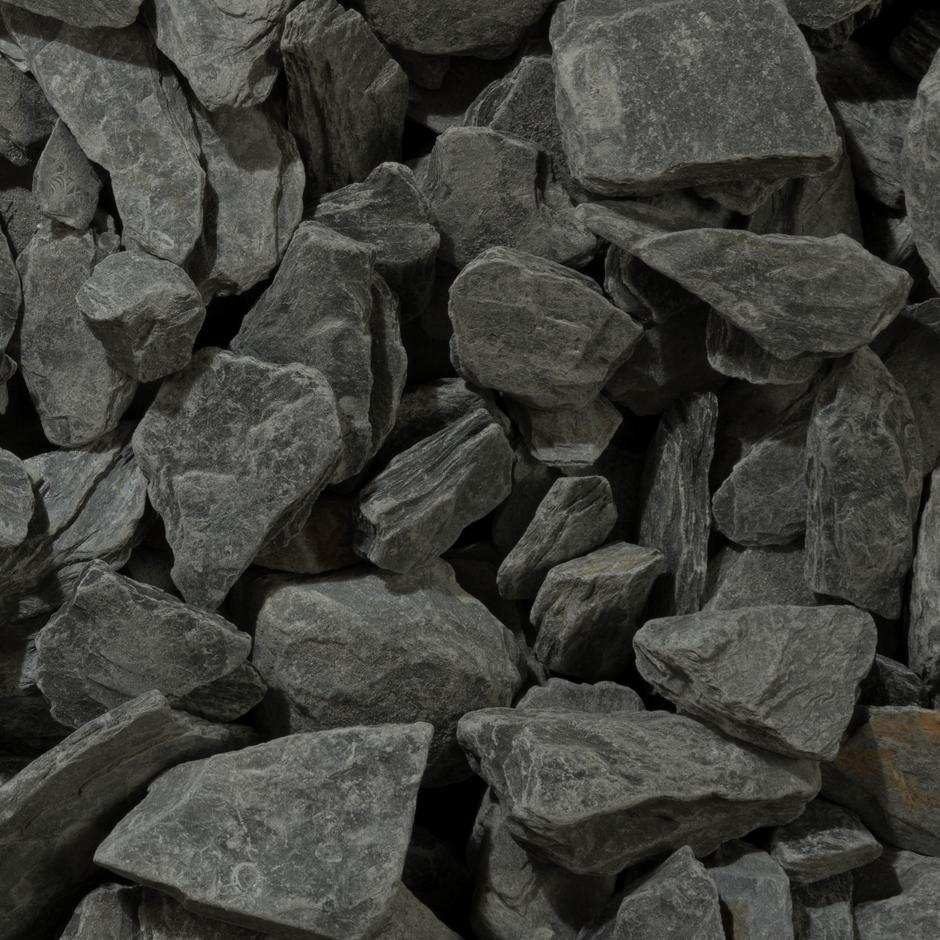Enhancing the Beauty A Comprehensive Guide to Polishing Cultured Stones

Introduction
Cultured stones are a popular choice for homeowners, designers, and builders due to their versatility, affordability, and aesthetic appeal. These manufactured stones mimic the look of natural stones such as marble, granite, and limestone, offering a cost-effective alternative for various applications, including countertops, flooring, and wall cladding. Polishing cultured stones is a crucial step in the installation process to enhance their appearance and ensure long-lasting beauty. In this comprehensive guide, we will delve into the techniques, tools, and best practices for polishing cultured stones to achieve a flawless finish.
Understanding Cultured Stones
Cultured stones, also known as manufactured stones or artificial stones, are created by blending natural stone aggregates with cement, pigments, and other additives to replicate the look and texture of natural stones. These stones are molded into various shapes and sizes, providing a wide range of design options for interior and exterior applications. Cultured stones are lightweight, durable, and more affordable than natural stones, making them a popular choice in construction and renovation projects.
Benefits of Polishing Cultured Stones
Polishing cultured stones offers numerous benefits beyond enhancing their appearance. https://www.fs-slate.com/what-is-the-difference-between-a-stacked-stone-and-a-ledgestone/ of the key advantages of polishing include:
1. Enhanced Aesthetic Appeal: Polishing brings out the natural beauty of cultured stones, highlighting their texture, color variations, and patterns. A polished finish adds a luxurious touch to any space, creating a sophisticated and elegant look.
2. Increased Durability: Polishing helps seal the surface of cultured stones, making them more resistant to stains, scratches, and wear. A polished finish can prolong the lifespan of the stones and maintain their pristine appearance over time.

3. Easy Maintenance: Polished cultured stones are easier to clean and maintain compared to unpolished surfaces. The smooth finish prevents dirt, grime, and moisture from penetrating the stone, simplifying the cleaning process and preserving the stones' beauty.
4. Improved Resilience: Polishing enhances the resilience of cultured stones against environmental factors such as UV exposure, moisture, and temperature fluctuations. A polished surface is less prone to discoloration, fading, or damage, ensuring long-term durability.
Tools and Materials for Polishing Cultured Stones
Before embarking on the polishing process, it is essential to gather the necessary tools and materials to achieve professional results. Here are some of the key tools and materials required for polishing cultured stones:
1. Diamond Polishing Pads: Diamond polishing pads are essential for achieving a smooth and glossy finish on cultured stones. These pads come in various grit sizes, ranging from coarse to fine, and are designed to remove imperfections, scratches, and dullness from the surface.
2. Polishing Machine: A polishing machine, such as a variable-speed polisher or grinder, is used to apply the diamond polishing pads to the cultured stones. The machine should have adjustable speed settings to ensure precise control during the polishing process.
3. Water Supply: Water is crucial for lubricating the diamond polishing pads and cooling the surface of the cultured stones during polishing. A steady water supply, either through a water hose or a water pump, is necessary to prevent overheating and ensure optimal polishing results.
4. Protective Gear: Safety goggles, gloves, and a dust mask should be worn to protect against dust, debris, and splashing water during the polishing process. Additionally, wearing ear protection is recommended when using power tools to reduce noise exposure.
5. Cleaning https://www.fs-slate.com/fs-039/ : After polishing the cultured stones, cleaning supplies such as a mild detergent, soft cloth, and sponge will be needed to remove any residue, polish...
(Note: The article continues with detailed instructions on how to polish cultured stones, including step-by-step procedures, tips for achieving a flawless finish, and recommendations for maintenance and care. check covers topics such as surface preparation, polishing techniques, troubleshooting common issues, and showcasing stunning examples of polished cultured stone installations.)
